#Urban gardens
Explore tagged Tumblr posts
Text

Autumn in Boston Public Garden
#Boston#Massachusetts#autumn#Public garden#trees#foliage#autumn leaves#fall#nature#urban gardens#city garden
24 notes
·
View notes
Text
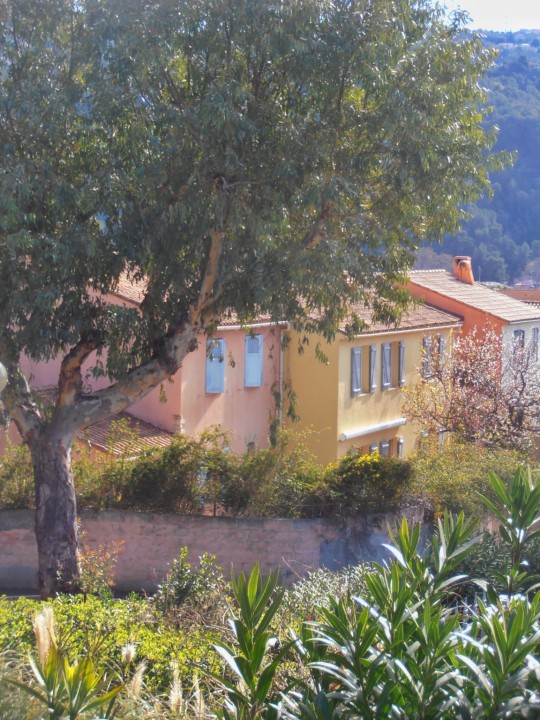
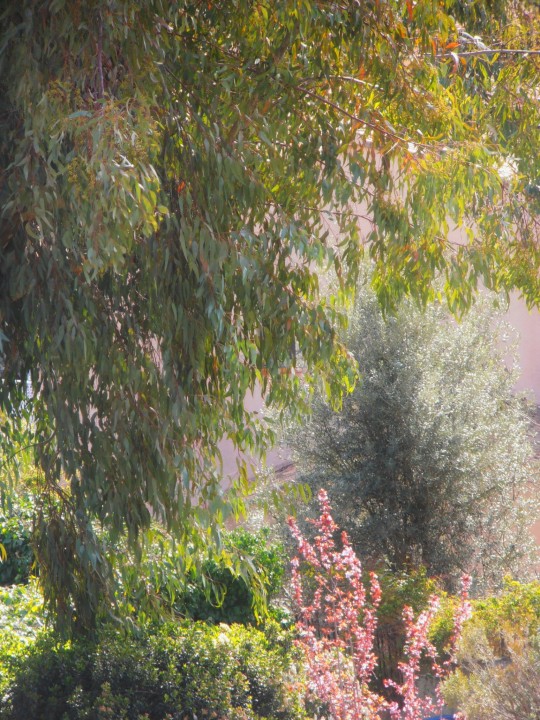
the colorful houses and the nature around them in the south of france 🌾
15.march.2023
#original photographers#photographers on tumblr#photooftheday#lensblr#France#French towns#French landscape#Colorful houses#Small towns#mediterranean life#mediterranean landscape#Landscape photography#Mediterranean plants#Nature#Urban gardens#Street photography#Street nature#Street plants#French nature#French countryside#Cottagecore#Photography#photoblog#photoblr
23 notes
·
View notes
Text
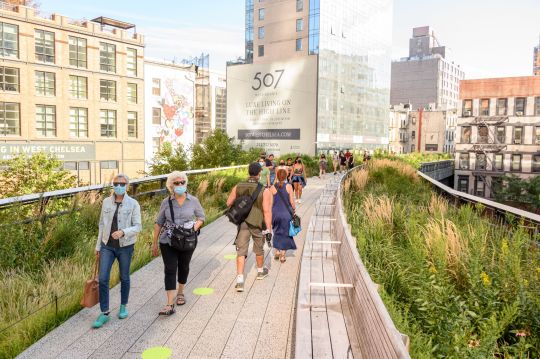
Photo Caption: The opening of the High Line helped fuel a steep rise in real estate values nearby. Photographer: Noam Galai/Getty Images
"If the romance of nature in the city is to survive, democratic control must prevail; private parks corporations are a toxic influence, Loughran insists. “These organizations really shouldn’t exist,” he says. “The public should have ownership of these spaces.”
Parks for Profit: Selling Nature in the City by Kevin Loughran
Columbia University Press
#urban gardens#parks#city parks#gentrification#solarpunk#corporations suck#book club#community garden#capitalism#late stage capitalism
5 notes
·
View notes
Text
#tiktok#andrew_the_arborist#urban gardening#urban landscape#ecofriendly#native wildflowers#eco friendly#eco lawn#native plants#garden#gardening
101K notes
·
View notes
Text

we made our back yard into a wildflower garden!





pollinators love it



as do we - it's easier to care for than a traditional garden, requires no more maintenance than a grass yard, and is much better for the native environment
plus it's really pretty, and the surprise of discovering what appears is half the fun
It's just very important to me that you know prairie-style gardens exist.

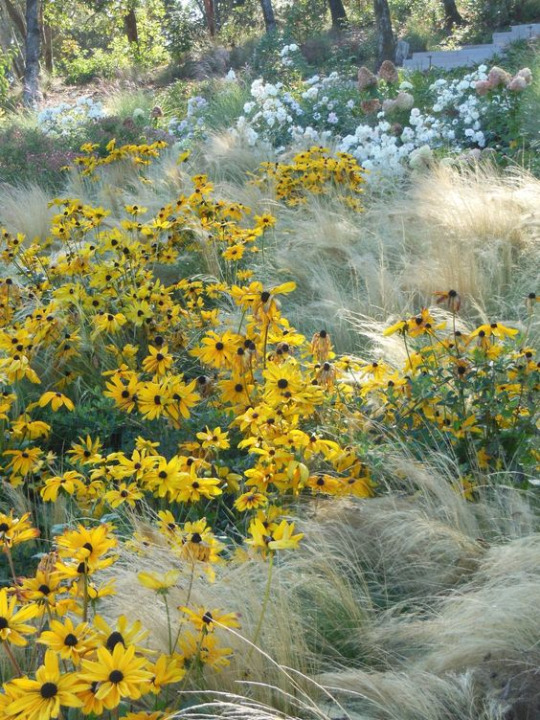
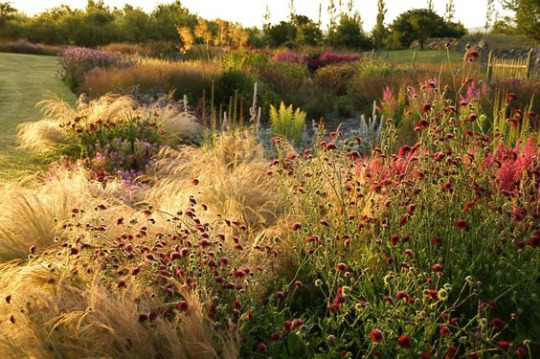
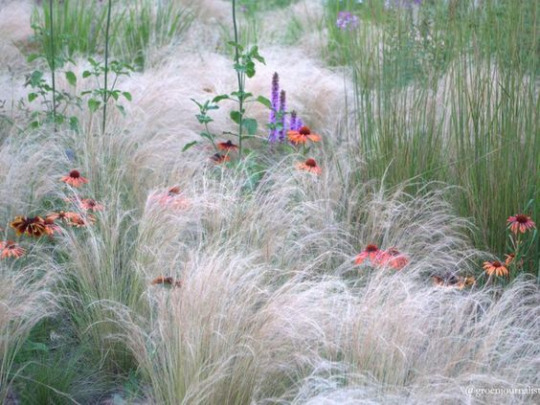
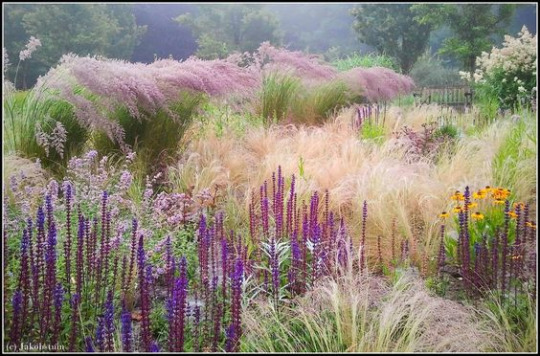
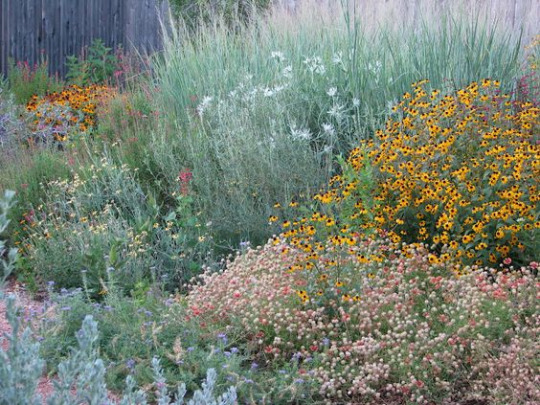
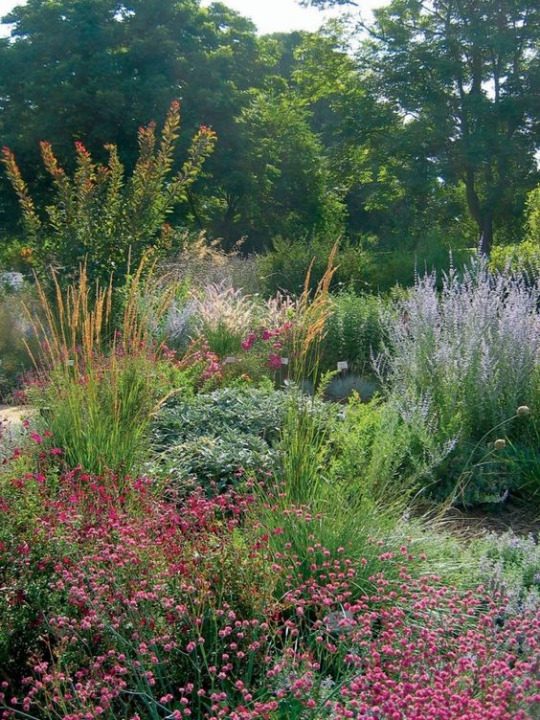
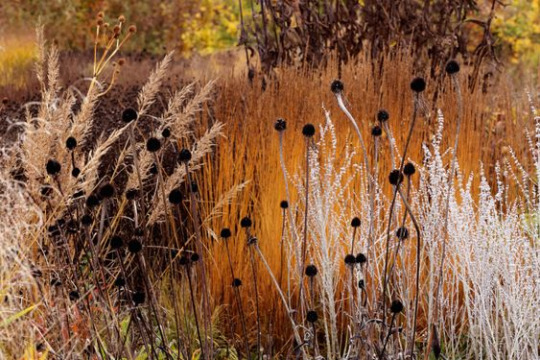
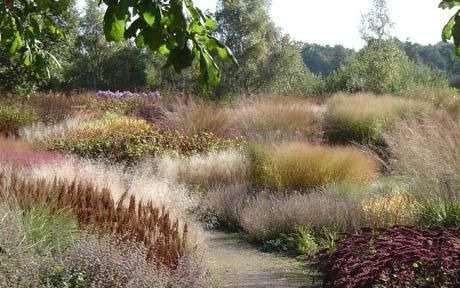
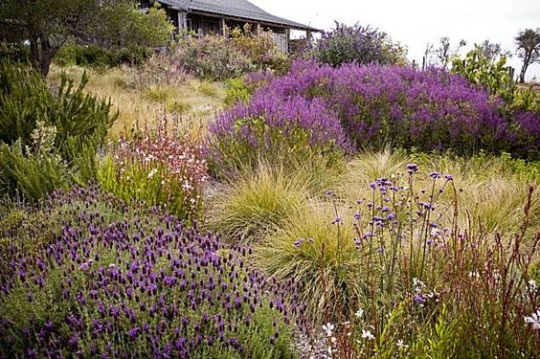
Ok. Thank you. Carry on.
95K notes
·
View notes
Text
Homemaking, gardening, and self-sufficiency resources that won't radicalize you into a hate group

It seems like self-sufficiency and homemaking skills are blowing up right now. With the COVID-19 pandemic and the current economic crisis, a lot of folks, especially young people, are looking to develop skills that will help them be a little bit less dependent on our consumerist economy. And I think that's generally a good thing. I think more of us should know how to cook a meal from scratch, grow our own vegetables, and mend our own clothes. Those are good skills to have.
Unfortunately, these "self-sufficiency" skills are often used as a recruiting tactic by white supremacists, TERFs, and other hate groups. They become a way to reconnect to or relive the "good old days," a romanticized (false) past before modern society and civil rights. And for a lot of people, these skills are inseparably connected to their politics and may even be used as a tool to indoctrinate new people.
In the spirit of building safe communities, here's a complete list of the safe resources I've found for learning homemaking, gardening, and related skills. Safe for me means queer- and trans-friendly, inclusive of different races and cultures, does not contain Christian preaching, and does not contain white supremacist or TERF dog whistles.
Homemaking/Housekeeping/Caring for your home:
Making It by Kelly Coyne and Erik Knutzen [book] (The big crunchy household DIY book; includes every level of self-sufficiency from making your own toothpaste and laundry soap to setting up raised beds to butchering a chicken. Authors are explicitly left-leaning.)
Safe and Sound: A Renter-Friendly Guide to Home Repair by Mercury Stardust [book] (A guide to simple home repair tasks, written with rentals in mind; very compassionate and accessible language.)
How To Keep House While Drowning by KC Davis [book] (The book about cleaning and housework for people who get overwhelmed by cleaning and housework, based on the premise that messiness is not a moral failing; disability and neurodivergence friendly; genuinely changed how I approach cleaning tasks.)
Gardening
Rebel Gardening by Alessandro Vitale [book] (Really great introduction to urban gardening; explicitly discusses renter-friendly garden designs in small spaces; lots of DIY solutions using recycled materials; note that the author lives in England, so check if plants are invasive in your area before putting them in the ground.)
Country/Rural Living:
Woodsqueer by Gretchen Legler [book] (Memoir of a lesbian who lives and works on a rural farm in Maine with her wife; does a good job of showing what it's like to be queer in a rural space; CW for mentions of domestic violence, infidelity/cheating, and internalized homophobia)
"Debunking the Off-Grid Fantasy" by Maggie Mae Fish [video essay] (Deconstructs the off-grid lifestyle and the myth of self-reliance)
Sewing/Mending:
Annika Victoria [YouTube channel] (No longer active, but their videos are still a great resource for anyone learning to sew; check out the beginner project playlist to start. This is where I learned a lot of what I know about sewing.)
Make, Sew, and Mend by Bernadette Banner [book] (A very thorough written introduction to hand-sewing, written by a clothing historian; lots of fun garment history facts; explicitly inclusive of BIPOC, queer, and trans sewists.)
Sustainability/Land Stewardship
Braiding Sweetgrass by Robin Wall Kimmerer [book] (Most of you have probably already read this one or had it recommended to you, but it really is that good; excellent example of how traditional animist beliefs -- in this case, indigenous American beliefs -- can exist in healthy symbiosis with science; more philosophy than how-to, but a great foundational resource.)
Wild Witchcraft by Rebecca Beyer [book] (This one is for my fellow witches; one of my favorite witchcraft books, and an excellent example of a place-based practice deeply rooted in the land.)
Avoiding the "Crunchy to Alt Right Pipeline"
Note: the "crunchy to alt-right pipeline" is a term used to describe how white supremacists and other far right groups use "crunchy" spaces (i.e., spaces dedicated to farming, homemaking, alternative medicine, simple living/slow living, etc.) to recruit and indoctrinate people into their movements. Knowing how this recruitment works can help you recognize it when you do encounter it and avoid being influenced by it.
"The Crunchy-to-Alt-Right Pipeline" by Kathleen Belew [magazine article] (Good, short introduction to this issue and its history.)
Sisters in Hate by Seyward Darby (I feel like I need to give a content warning: this book contains explicit descriptions of racism, white supremacy, and Neo Nazis, and it's a very difficult read, but it really is a great, in-depth breakdown of the role women play in the alt-right; also explicitly addresses the crunchy to alt-right pipeline.)
These are just the resources I've personally found helpful, so if anyone else has any they want to add, please, please do!
#homemaking#homemaking resources#gardening#urban gardening#self sufficiency#self sufficient living#sustainability#sustainable living#homesteading#nontrad homemaker#nontrad housewife#urban homesteading#solarpunk#cottagecore#kitchen witch#kitchen witchcraft#crunchy to alt right pipeline#book rec#book recommendations#resource#long post#mine#racism tw#racism mention#transphobia tw#transphobia mention
32K notes
·
View notes
Photo

Transitional Deck - Deck Ideas for a small, open-air transitional rooftop deck container garden renovation
0 notes
Photo

Natural Stone Pavers Backyard DC Metro Ideas for a small transitional backyard with stone landscaping and partial sun.
0 notes
Text
Gravel Landscape in Dorset
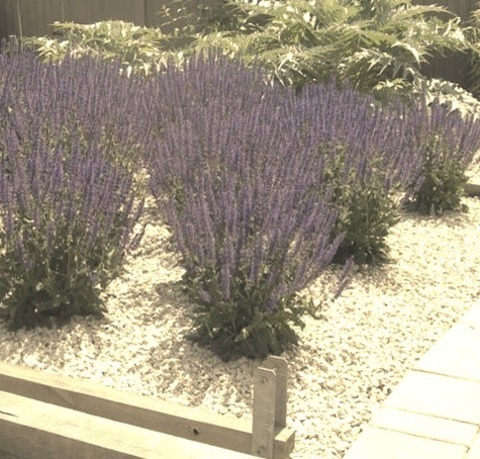
Summertime inspiration for a sizable contemporary gravel backyard landscaping that is tolerant of drought.
#cynara cardunculis#washing lines#planting design#gravel mulch#urban gardens#lighting design#salvia mainacht
0 notes
Text
Contemporary Deck
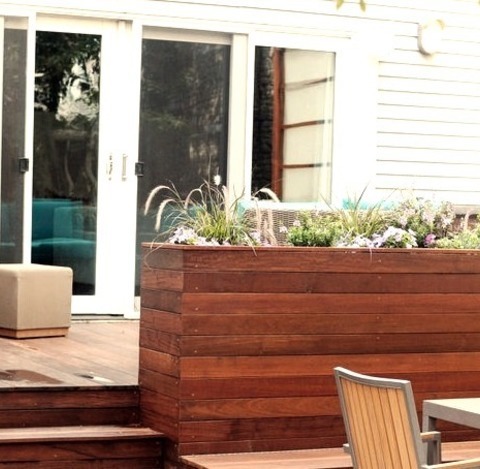
Example of a mid-sized trendy backyard deck container garden design with no cover
0 notes
Text
Walkway Landscape Philadelphia
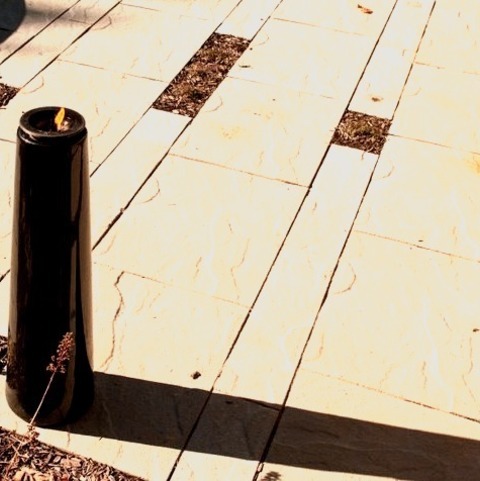
Design ideas for a mid-sized modern partial sun courtyard concrete paver landscaping in winter.
0 notes
Photo
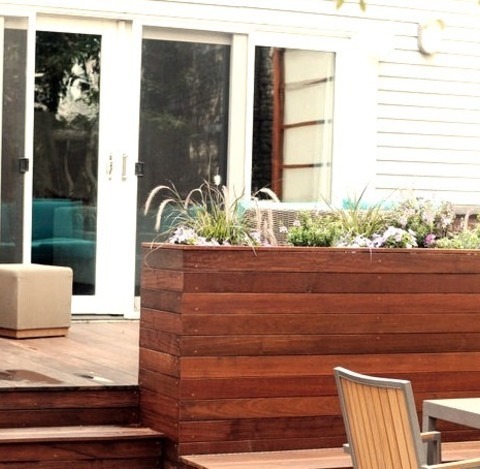
Contemporary Deck Example of a mid-sized trendy backyard deck container garden design with no cover
0 notes
Photo
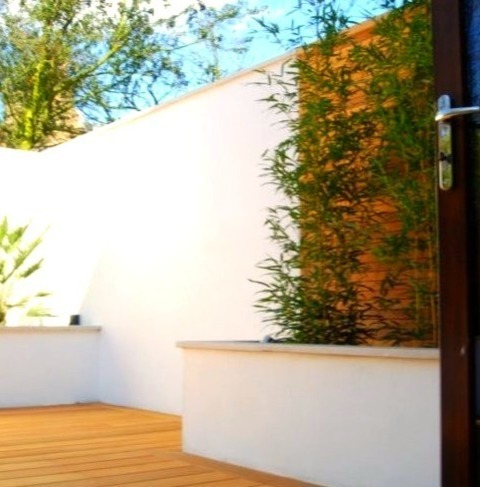
Retaining Walls Landscape Design concepts for a small, modern backyard with a stone retaining wall that can withstand drought.
#contemporary garden#lighting design#outdoor entertaining#urban style#urban gardens#planting design#london gardens
0 notes
Text
Keep All Negativity Far From The Garden by JD

In a community, there always things you can improve whether it’s a big change or a small change. You can start small by picking up loose trash that you see when walking home (replacing recycles with disposables) or making sure that you're conserving a decent amount of water and electricity at a monthly rate . You can start big by ensuring your voice is heard by the community about community change! For example, coming together to build and grow an urban garden, which comes with various different benefits.
Growing a garden doesn’t take much but patience and ambition to succeed. On the other hand, growing an urban garden in your community needs commitment from the residents, lots of love towards each other, and the plants and animals in the garden need a clear goal to strive for. The overall purpose of an Urban Garden is to create a green space so that one’s community can come together to straighten bonds and create a more natural living arrangement for both the animals and humans, yielding a great improvement in the economic supply.
Building a successful urban garden comes with a lot of purchases such as watering cans, garden racks, soil, seeds of the communities chose and many more expensive expenses. On the other way there a ways to decrease the price such as creating donation pages to quickly gain money for the funds . There are places to shop in Boston like Home Depot and Gardening Center for items to support the passion of gardening.
Boston is a good place to start your gardening because there already so many different Urban Gardens located all over. These include “Green City Growers”, an Edible Landscape and Urban Farm located in Somerville, and “Nightingale Community Garden” located in the Dorchester area. These two places are extremely popular in the Boston area because of the positively and consistency of love from the community to grow green, keeping all negativity far from the garden. Nightingale is the location I can personally say has a huge impact on my neighborhood, allowing men and women to express their green dreams.
0 notes
Photo

Landscape London Design ideas for a small contemporary partial sun and drought-tolerant backyard stone retaining wall landscape.
0 notes
Text
"Amsterdam’s roofs have just been converted into a giant sponge that will make the city more climate resilient.
The Dutch have always been famous for their ability to control water, born out of the necessity of their homeland, much of which is below sea level.
Now, their expert water management skills are transforming the city skyline in the capital city of Amsterdam from one of terracotta tile, concrete, and shingles into green grass and brown earth.
It’s part of a new climate-resiliency trend in architecture and civic planning known as the ‘sponge city concept,’ in which a garden of water-loving plants, mosses, and soil absorbs excess rainwater before feeding it into the building for use in flushing toilets or watering plants on the ground.
If heavy rains are predicted, a smart valve system empties the stored rainwater into the municipal storm drains and sewers in advance of the weather, allowing the roof to soak up water and reduce flooding in the city.
In this way, the rooftops of buildings can be wrung out and filled up just like a sponge.
In Amsterdam, 45,000 square meters, or 11 acres of flat metropolitan rooftops have already been fitted with these systems, and the contracting firms behind the technology say they make sense in dry climates like Spain just as much as in wet climates like Amsterdam...
A 4-year project of different firms and organizations called Resilio, the resilient network for smart climate adaptive rooftops, rolled out thousands of square meters of sponge city technology into new buildings. As with many climate technologies, the costs are high upfront but tend to result in savings from several expenditures like water utilities and water damage, over a long-enough time horizon...
All together, Amsterdam’s sponge capacity is over 120,000 gallons.
“We think the concept is applicable to many urban areas around the world,” Kasper Spaan from Waternet, Amsterdam’s public water management organization, told Wired Magazine. “In the south of Europe–Italy and Spain–where there are really drought-stressed areas, there’s new attention for rainwater catchment.”
Indeed the sponge city concept comes into a different shade when installed in drought-prone regions. Waters absorbed by rooftops during heavy rains can be used for municipal purposes to reduce pressure on underground aquifers or rivers, or be sweated out under the Sun’s rays which cools the interior of the building naturally.
Additionally, if solar panels were added on top of the rooftop garden, the evaporation would keep the panels cooler, which has been shown in other projects to improve their energy generation.
“Our philosophy in the end is not that on every roof, everything is possible,” says Spaan, “but that on every roof, something is possible.”
Matt Simon, reporting on the Resilio project for Wired, said succinctly that perhaps science fiction authors have missed the mark when it came to envisioning the city of the future, and that rather than being a glittering metropolis of glass, metal, and marble as smooth as a pannacotta, it will look an awful lot more like an enormous sculpture garden."
-via Good News Network, May 15, 2024
#amsterdam#netherlands#green roof#blue roof#city planning#urban#urban landscape#flood#climate change#climate action#climate emergency#climate hope#solarpunk#hope posting#go green#eco friendly#climate adaptation#sponge city#urban planning#good news#hope#rooftop garden
2K notes
·
View notes